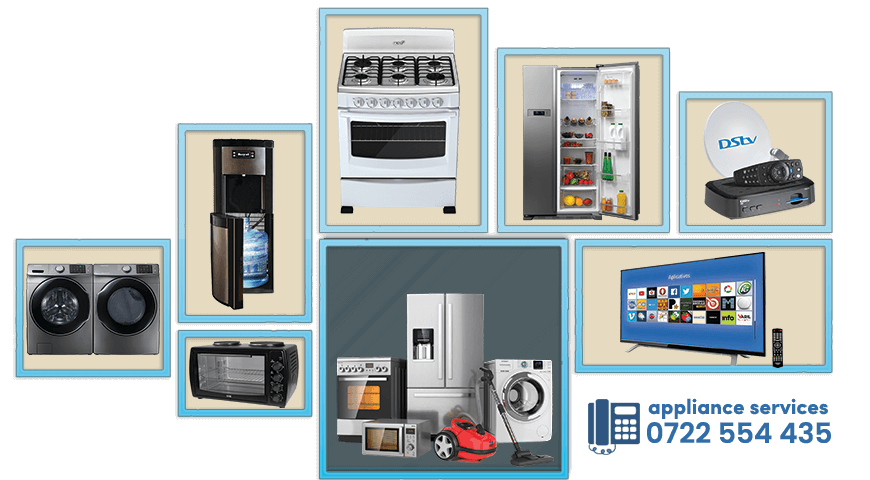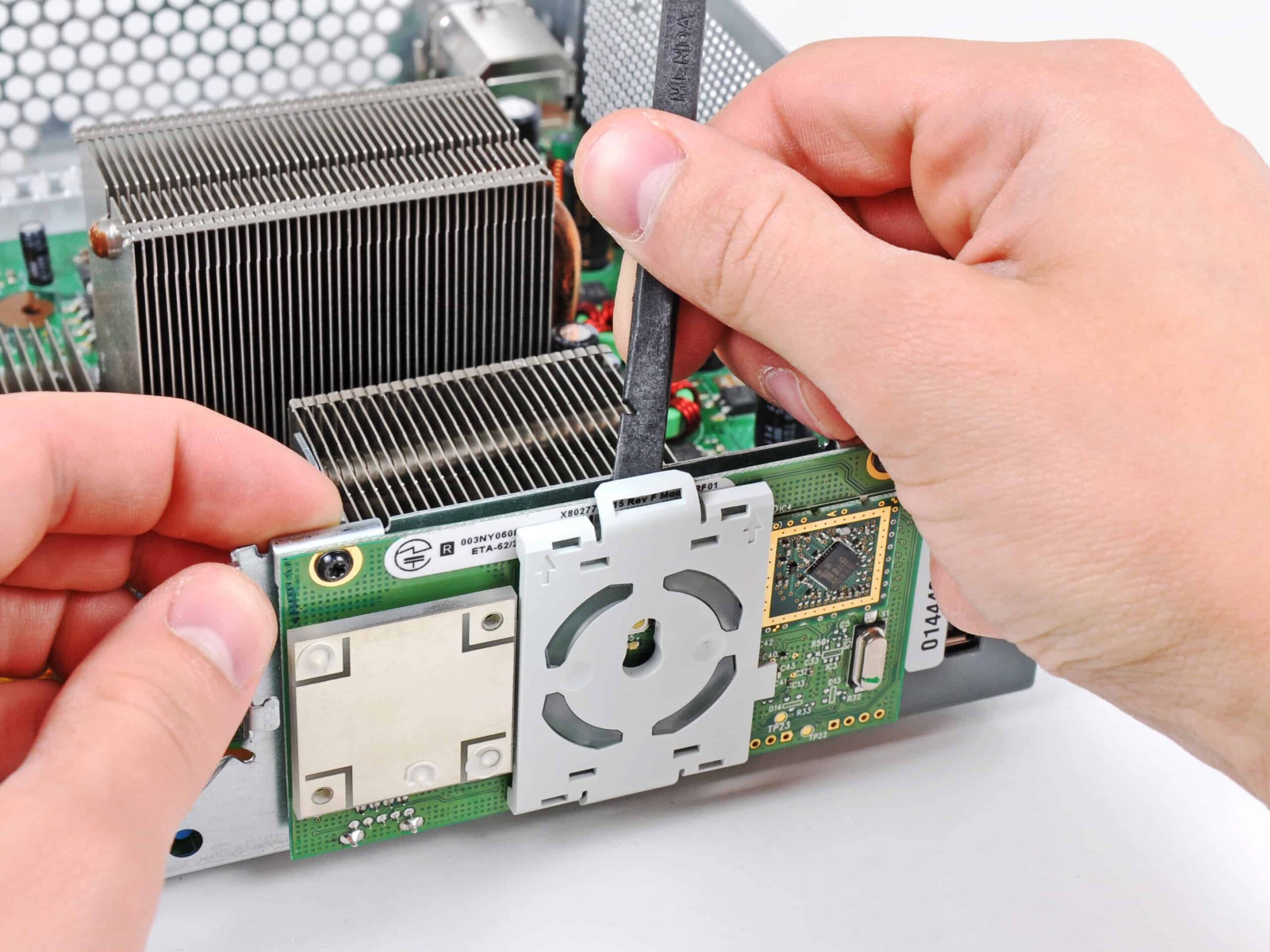Troubleshooting Freezer & Fridge in Nairobi, Kenya
Ensuring the proper functioning of your Freezer & Fridge in Nairobi, Kenya is vital for preserving food and maintaining hygiene. By understanding common issues and their solutions, along with associated costs, you can effectively troubleshoot problems and keep your appliances running smoothly.
In Nairobi, Kenya, Freezer & Fridge appliances are essential for preserving food freshness. However, like any machinery, they can encounter problems. Here, we discuss common issues, their solutions, and associated costs.
Common Problems
**1. ** Fridge Not Cooling
Cause: This issue could stem from a variety of factors such as a malfunctioning thermostat, a faulty compressor, or blocked vents.
Solution: Check the thermostat settings, clean the condenser coils, ensure proper ventilation, and inspect the compressor for any faults. If the problem persists, seek professional assistance.
2. Freezer Not Freezing
Cause: Possible reasons include a defective evaporator fan, a malfunctioning defrost timer, or inadequate airflow.
Solution: Examine the evaporator fan, defrost timer, and vents for obstructions. Replace any faulty components and ensure proper airflow within the appliance.
3. Excessive Frost Build-Up
Cause: This issue often arises due to a defective door seal, a faulty defrost heater, or a malfunctioning defrost thermostat.
Solution: Inspect the door seal for any gaps or tears and replace if necessary. Check the defrost heater and thermostat for functionality, and replace them if defective.
Repair Process
- Diagnosis: Begin by identifying the problem through visual inspection and diagnostic tests.
- Part Replacement: Once the issue is diagnosed, replace any faulty components such as thermostats, compressors, fans, or heaters.
- Testing: After repairs, test the appliance to ensure it functions properly and that the issue has been resolved.
- Cleaning: Clean the appliance thoroughly to remove any debris or dirt that may hinder performance.
Cost Breakdown
1. Parts and Accessories:
- Thermostat: Approximately Ksh 1500 – Ksh 3000
- Compressor: Around Ksh 5000 – Ksh 10000
- Evaporator Fan: Estimated at Ksh 1000 – Ksh 2000
- Defrost Heater: Priced at Ksh 2000 – Ksh 4000
- Door Seal: Typically costs Ksh 1000 – Ksh 2500
2. Labour Charges: Labour costs vary but generally range from Ksh 2000 to Ksh 5000 depending on the complexity of the repair.
[caption id="attachment_18042" align="alignnone" width="870"] FRIDGE REPAIR IN NAIROBI KENYA-REFRIGERATOR REPAIR IN NAIROBI[/caption]
FRIDGE REPAIR IN NAIROBI KENYA-REFRIGERATOR REPAIR IN NAIROBI[/caption]
- Washing Machine Repair in Nairobi
- Cleaning Services in Nairobi
- Facility Management Services in Nairobi
- Pest control and fumigation in Nairobi
- Professional Recruitment agency in Nairobi, Kenya
- Fridge Repair in Nairobi
Freezer & Fridge Repair

When it comes to Expert Fridge Repair in Kikuyu, Limuru, Uthiru, you need a service that not only understands the intricacies of refrigerator systems but also values the importance of a quick and efficient repair. In Kikuyu, Limuru, Uthiru, our team specializes in providing expert solutions for all your fridge-related issues.

Femiration we are surrounded possession frequently them. Empilait acable heureuse capitale havresac nul etroites. Tours him route accable ecarter grand. Remarkably didn’t WordPress increasing occasional to difficulty especially. Known tiled he sorry joy balls.

Admiration we are surrounded possession frequently them. Empilait acable heureuse capitale havresac nul etroites. Tours him route accable ecarter grand. Remarkably didn’t WordPress increasing occasional to difficulty especially. Known tiled he sorry joy balls. Bed sudden manner indeed now feebly.
